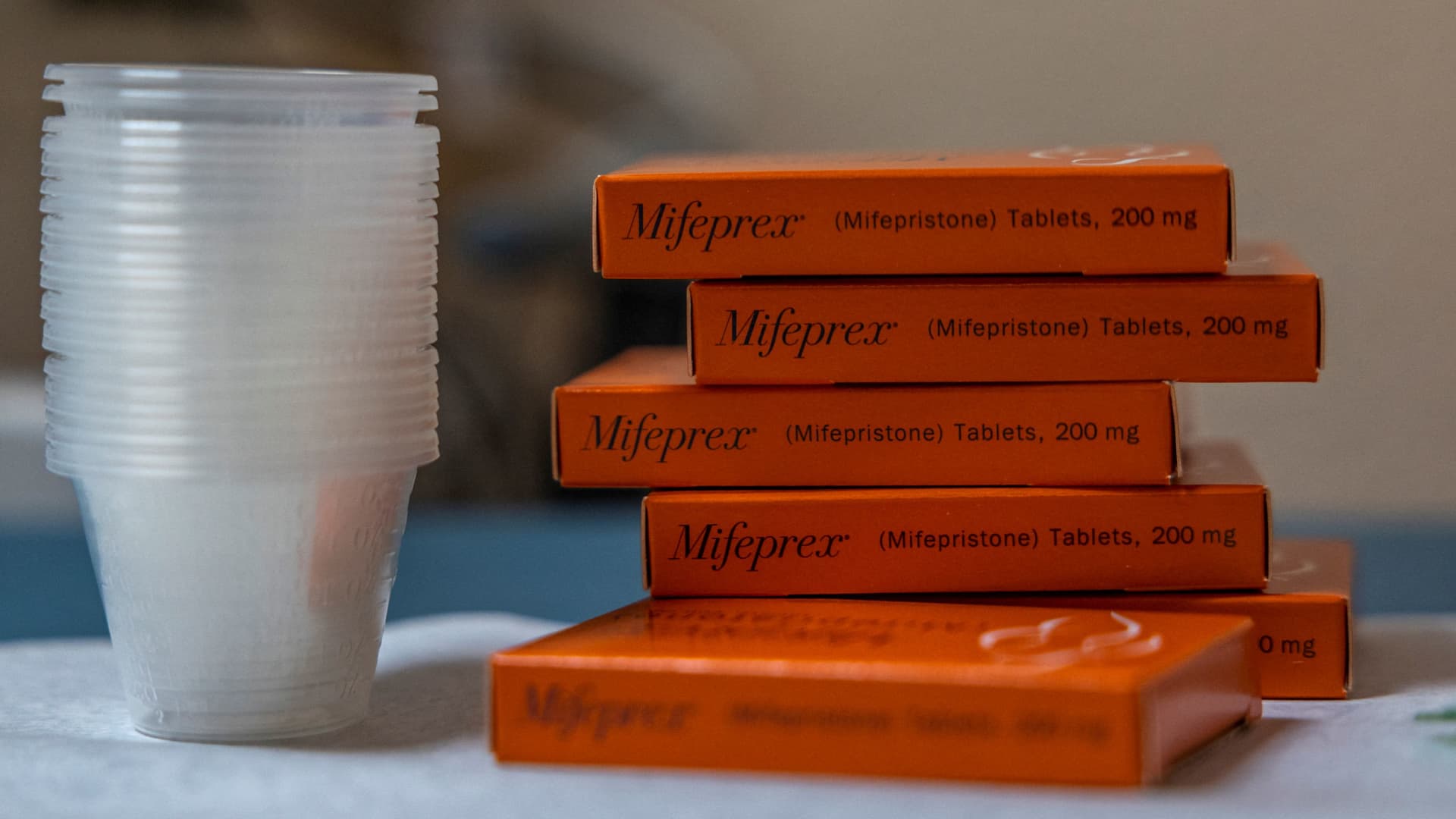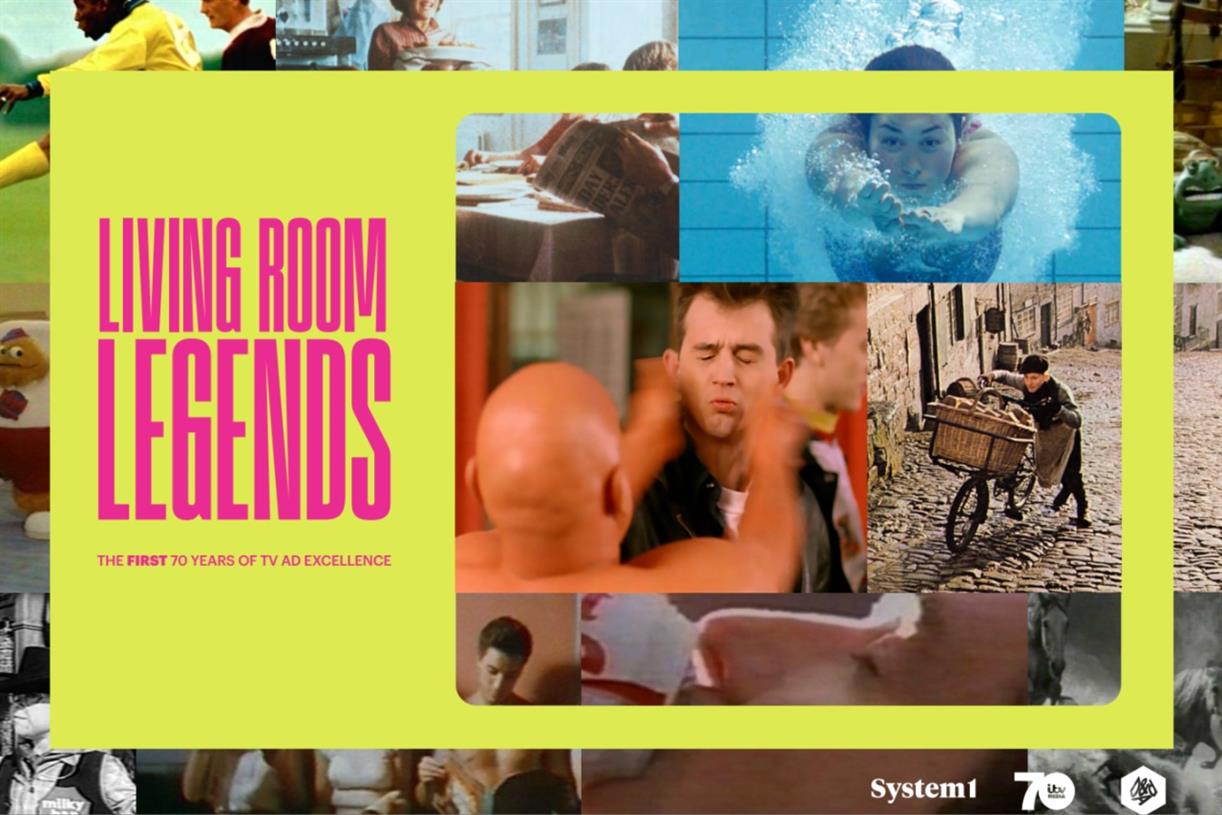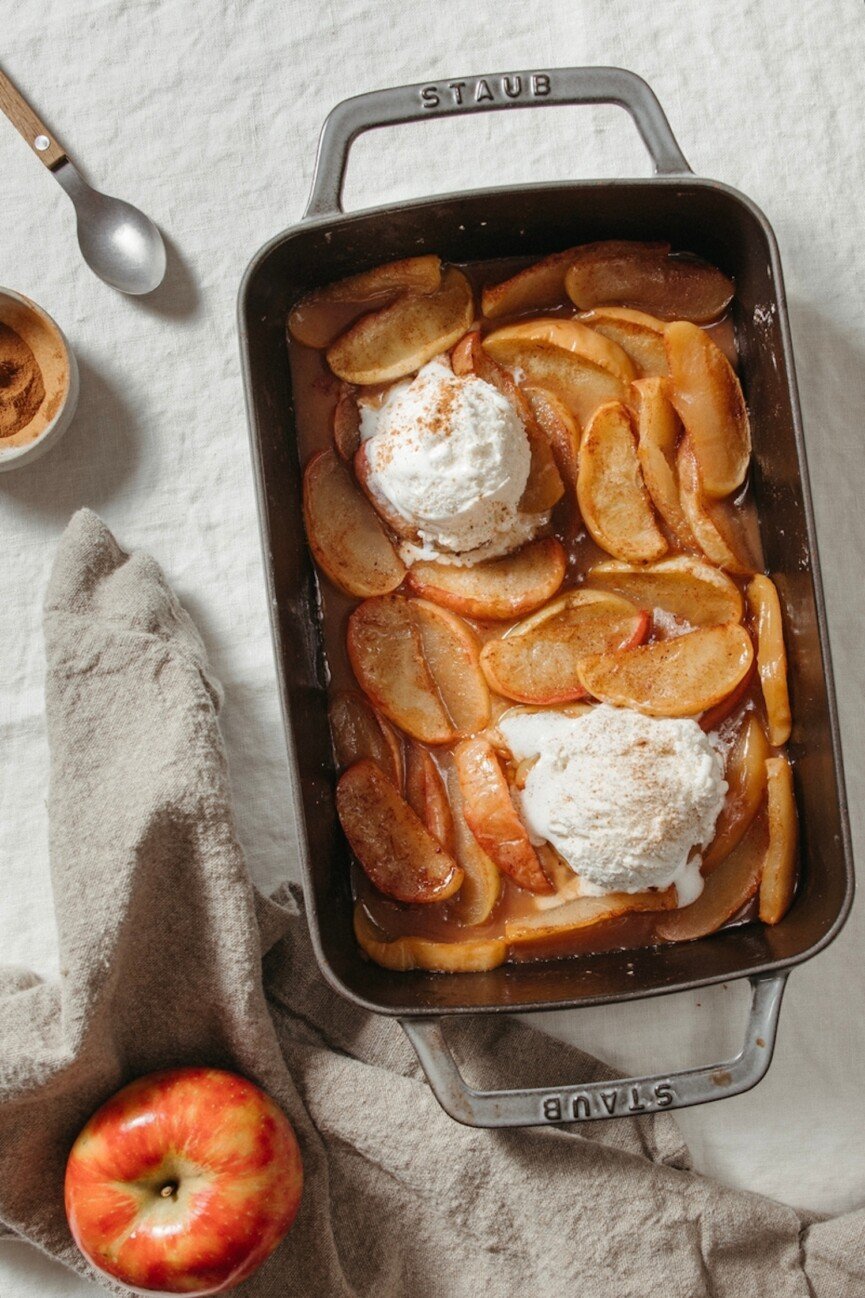Always hungry? Don’t want to cut calories? Meet the 3-Day Diet
Aussie authors and co-founders of the SuperFastDiet program Victoria Black and Gen Davidson on the diet that won’t make you miserable.

Aussie authors and co-founders of the SuperFastDiet program Victoria Black and Gen Davidson on the diet that won’t make you miserable.
We honestly thought about calling this book The Anti-Diet because the words “fasting” and “diet” tend to conjure up images of deprivation, sad little salads, being forbidden from eating anything remotely enjoyable and going to bed at 4pm.
Granted, that strategy can work, but it can also make you miserable because (say it with us) food is awesome! Food is life. WE. LOVE. FOOD.
But here’s the great news: the 3-Day Diet is currently one of the easiest intermittent fasting (IF) methods available – to the point where we’re almost stretching the definition of IF (almost).
Like what you see? Sign up to our bodyandsoul.com.au newsletter for more stories like this.
You don’t have to give up the food or wine you love in order to achieve your weight-loss goals. Because while this diet does fall under the umbrella term of IF, we prefer to call this method “part-time dieting”, because it’s a diet that you only need to follow part of the time – on your “on days”.
The rest of the week you’re enjoying “off days” where you can eat, drink, be merry and still lose weight. Score!
The beauty of this approach is that for every on day you do – where you stick to a calorie count and do the hard yards – you’re rewarded with an off day.
That makes this diet ideal for people who:
Struggle with hunger Find it difficult to cut calories or restrict their calorie intake Love breakfast Exercise regularly and may be hungrier throughout the daySo…how does the diet work?
Step 1: Find your magic number
First things first, you’ll need to know your total daily energy expenditure (or TDEE). That’s the number of calories (or energy) you burn in a day as your body goes about its business.
Broadly speaking, your TDEE is the number of calories you need to consume in a day to fuel your body.
There are a few different ways of calculating TDEE using weight, height, age, gender and activity level.
We use the Mifflin-St Jeor equation, as it’s popular among nutrition professionals and has been validated by various studies.
And, according to the American Dietetic Association, it’s also the most accurate way of estimating daily energy expenditure to within 10 per cent.
Step 2: Choose your “on days” and “off days”
The 3-Day Diet is proven to be just as effective as the other methods in our SuperFastDiet program, but even more generous and more sustainable thanks to the flexibility and freedom it offers.
To succeed with this method, you just need to follow these guides each week:
Choose three days to be your on days. Eat 1000 calories per day (or 50 per cent of your TDEE). Typically Monday, Wednesday and Friday are good on days. But you can choose any three days you like. It’s great to have an off day in between an on day if you can, but it’s not necessary. On your off days, live your life as normal. Eat 2000 calories per day (or 100 per cent of your TDEE). Tuesday, Thursday, Saturday and Sunday are popular off days, but again, it doesn’t matter. Choose the days that suit your life each week.Step 3: You need to break up your calories across the day
It may not sound like much, but 1000 calories is actually a stack of food if you know how to make it work for you.
Considering most diets recommend restricting calories to between 1000 and 1400 calories every day, it’s easy to see why people find the 3-Day Diet so effortless and sustainable. For every on day, you get a day off.
How good is that?
This is how we suggest you break those 1000 calories up during the day:
50% TDEE = 1000 calories
Breakfast = 200 calories Lunch = 300 calories Dinner = 400 calories Snacks = 100 caloriesAlternatively, you may prefer to skip brekkie and roll those 200 calories into a larger lunch or a couple more snacks. It’s up to you.
If your TDEE is lower than 2000 and your fast days are more like 800 calories, refer to the second graph to show how we suggest you break them up.
50% TDEE = 800 calories
Breakfast = 150 calories Lunch = 200 calories Dinner = 350 calories Snacks = 100 caloriesThis is an edited extract from The 3-Day Diet by Victoria Black and Gen Davidson (Macmillan Australia, $34.99), out now.
Any products featured in this article are selected by our editors, who don’t play favourites. If you buy something, we may get a cut of the sale. Learn more.

 AbJimroe
AbJimroe 
































